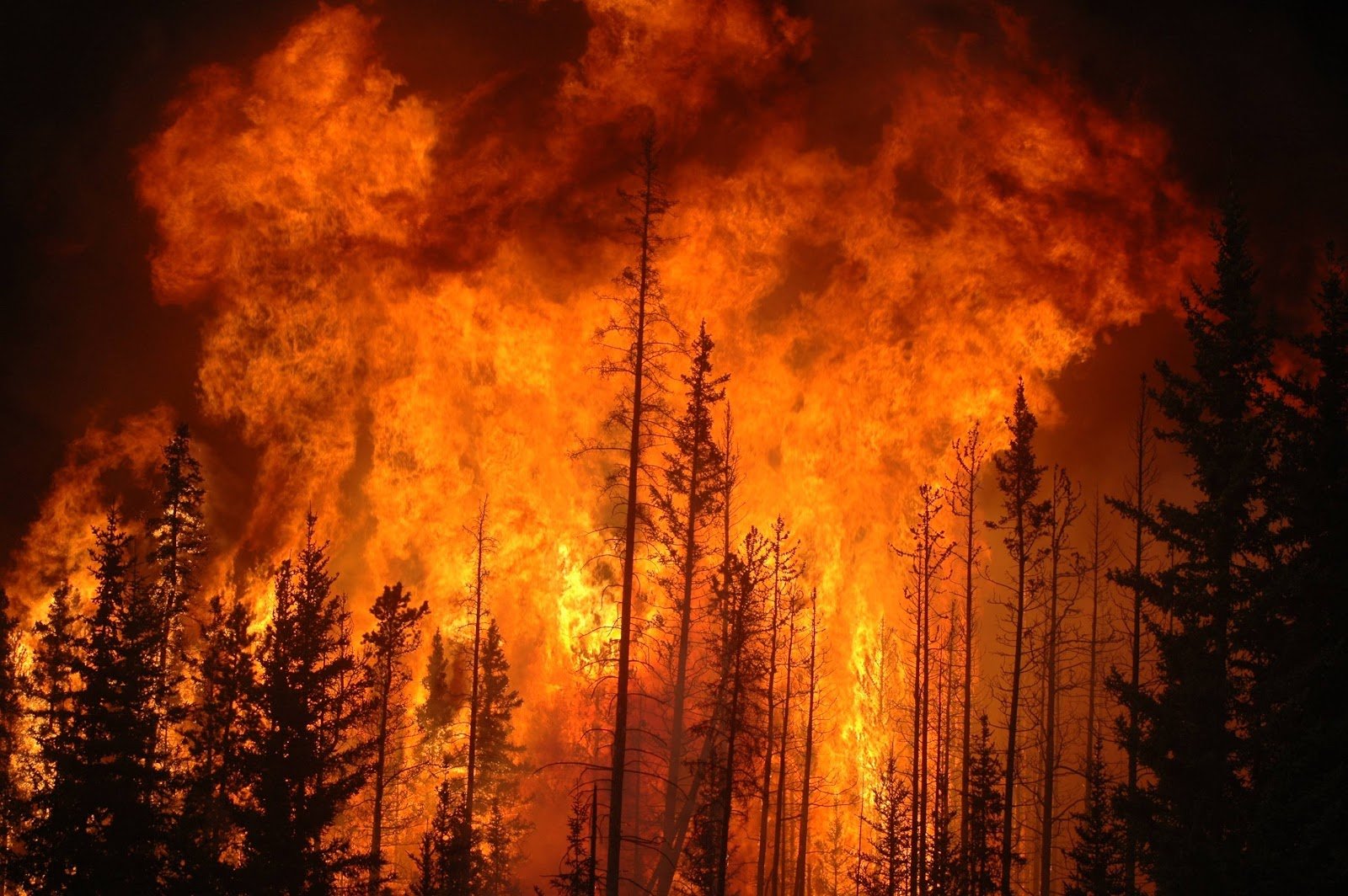A Thin Defensive Line: Forest Thinning
By Jack Long, WellKind Forestry Intern
Jack Long was an intern for WellKind Forestry during our spring 2022 session, exploring forest fires and other environmental issues.
In 2020, California was ravaged by 8,648 wildfires. They tore through over 4,304,379 acres of land, inflicted billions of dollars in property damage, reduced towns to ash and resulted in the death of several individuals (Porter et al, 2020). It is a recognized fact that wildfires pose a distinct threat to California and its people.
To defend against this most pertinent danger, the State of California has deployed numerous forest management strategies. In an attempt to slow a fire’s advance and deny it fuel, the State has wholly endorsed selective forest thinning, the process of thinning trees and vegetation in a forested region (Newsom et al, 2021). In fact, the State has pledged to work with the United States Forest Service to treat roughly 1 million acres of forest land using practices that include systemic thinning (United States Department of Agriculture and State of California). Additionally, California’s Forest Management Task Force claims that the practice will “reduce long-term greenhouse gas emissions and harmful air pollution from large and catastrophic wildfires” (2021). Yet recent studies indicate that this destructive act will do quite the opposite.
Picture Citation: (Yang et al, 2022)
Thinning forests simply leads to net increased greenhouse gas emissions and an increased wildfire severity. Far from untested, the consequences of forest thinning have been demonstrated across the globe. In China, forest thinning operations were proven to increase greenhouse gas emissions. A study conducted by the Beijing Forestry University uncovered that as forests were thinned, the temperature of the soil rose while moisture and litterfall levels fell. The result was simple: the forest’s capacity to absorb CH4 was dramatically reduced while CO2 and N2O emission from the soil rose (Yang et al, 2022).
Likewise, In Idaho, trials indicated a similar decrease in carbon sequestration in thinned forests versus unthinned control areas due to an increase in temperatures, decrease in moisture and abundance of decaying materials (Stenzel et al, 2021). Overall, the reduction in tree cover led to a net increase in greenhouse gas emissions in both cases.
While the negative climate effects of thinning are significant, their effects on the spread of fires are far worse.Thinning a forest requires the removal of trees and debris. The result of such removals is simple. By reducing the forest’s density, more air is able to enter and thus more oxygen is able to reach the flames. By increasing the distance between trees, the wind is able to flow between them at higher speeds. By reducing the density of tree cover, the sun is more easily able to reach the ground. The sun then heats the ground (“Why Thinning Forests Is Poor Wildfire Strategy”).
Now, there are three basic elements necessary for fire: oxygen, heat and fuel. Forest thinning does reduce fuel by decreasing the number of trees and amount of brush. However, it also leads to hotter forests with increased airflow—thereby increasing the prevalence of the other two elements. With higher wind speeds and hotter temperatures, fires can, under certain conditions, sweep through thinned forests far faster than they can through dense, old growth groves (Banerjee, 2020). As a result, an extensive survey of fire severity in managed forestry areas along the West Coast indicated increased wildfire severity in areas where thinning and other active forest management techniques were employed (Bradley et al, 2016). While the idea of reducing a fire’s fuel is good in principle, it comes with significant trade-offs in practice.
It is of vital importance that we take action to reduce the severity and threat posed by wildfires. However, thinning forests is not a viable way to do so. Thinning does not reduce fire severity—it increases it. Thinning does not reduce greenhouse gas emissions—it increases them. It is essential that the State of California reassess its forestry practices to ensure that taxpayer funds are not being allocated to worsen the wildfire crisis.
References
Banerjee, T. (2020, June 30). Impacts of Forest Thinning on Wildland Fire Behavior. MDPI. Retrieved March 24, 2022, from https://www.mdpi.com/1999-4907/11/9/918
Bradley, C. M., & al, e. (2016). Does increased forest protection correspond to higher fire severity in frequent-fire forests of the western United States? Ecosphere, 7(10). https://esajournals.onlinelibrary.wiley.com/doi/full/10.1002/ecs2.1492.
Newsom, G., & al, e. (2021, January 4). California's Wildfire and Forest Resilience Action Plan: Recommendations of the Governor's Forest Management Task Force. CAL FIRE. Retrieved March 24, 2022, from https://www.fire.ca.gov/media/ps4p2vck/californiawildfireandforestresilienceactionplan.pdf
Porter, T. W. (n.d.). 2020 Wildfire Activity Statistics. CAL FIRE. Retrieved March 24, 2022, from https://www.fire.ca.gov/media/0fdfj2h1/2020_redbook_final.pdf
Stenzel, J.E. (2021, February 5). Restoration Thinning in a Drought‐Prone Idaho Forest Creates a Persistent Carbon Deficit. AGU Journals. Retrieved March 24, 2022, from https://agupubs.onlinelibrary.wiley.com/doi/abs/10.1029/2020JG005815
United States Department of Agriculture & State of California. (n.d.). Agreement for Shared Stewardship of California's Forest and Rangelands. Retrieved March 24, 2022, from https://www.gov.ca.gov/wp-content/uploads/2020/08/8.12.20-CA-Shared-Stewardship-MOU.pdf
Why Thinning Forests is Poor Wildfire Strategy. (n.d.). Western Watershed Projects. https://www.google.com/url?q=https://westernwatersheds.org/gw-poor-wildfire-strategy/&sa=D&source=docs&ust=1648772083779211&usg=AOvVaw3xyr7H0y0-ZWkJOyJHMZHo
Yang, L. (2022). A global synthesis reveals increases in soil greenhouse gas emissions under forest thinning. Science of The Total Environment, 804(150225). https://www.sciencedirect.com/science/article/abs/pii/S004896972105302X


